What I Learned in Education 376!
Numeracy Summative Blog Post:

- Learning Progressions- The BC Curriculum highlights learning progressions for numeracy. I have learned throughout this course that it is important to work with kids from where they are at, since all kids will have differing skill levels. Learning progressions outline the steps towards learning numeracy that are necessary moving into other grade levels. For example, students who do not have a good understanding in addition will not be ready to move on to multiplication. As a teacher it is important to assess where students are at and help meet them there so they can move forward with the class.
- High Yield Routines- Routines in general are important for students learning especially in younger grades. High yield routines in math are activities that focus on developing number sense in students. An example of a high yield routine, taught to us by Jennifer Dionne, that I will use in my teaching is number talks. Having the students talk about the attributes and characteristics of a number or a picture is a powerful form of math that for the students doesn’t even feel like math. By repeating these skills in routines, the students will grow a deeper understanding of number sense.
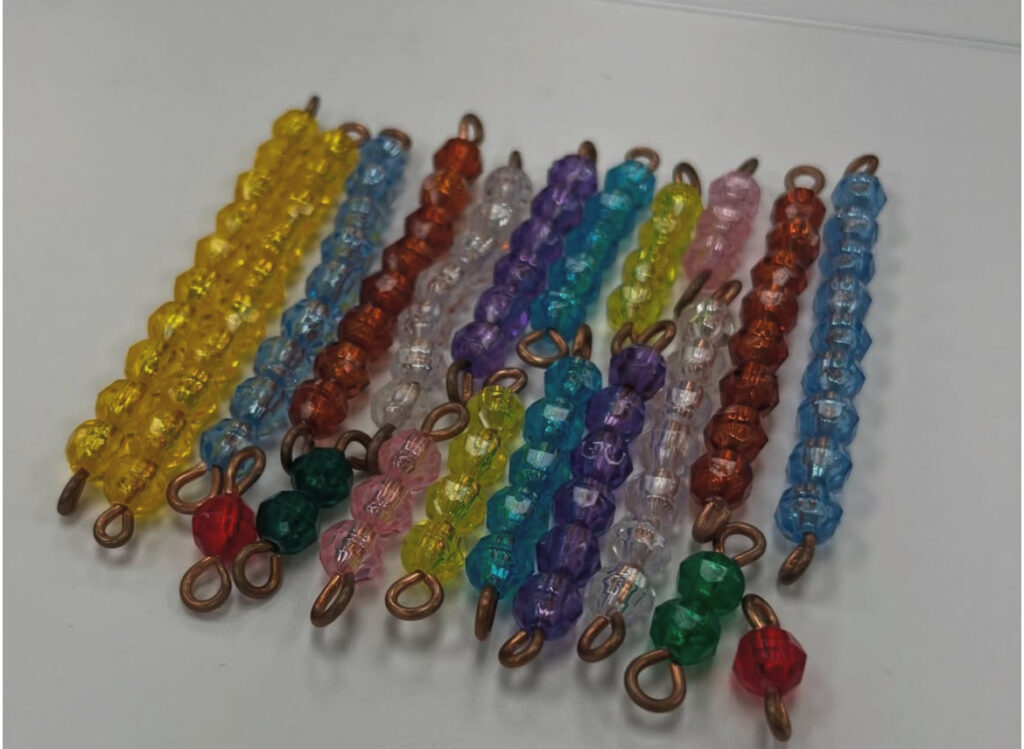
- Manipulatives- Throughout this course we practiced using many different manipulatives that give students visuals for their learning. We used cards, counters, Cuisenaire rods, and Montessori beads to demonstrate numbers and equations. Manipulatives make math a more engaging, fun, and hand-on learning experience for kids of all ages. I know personally, I have always struggled with math but having a visual of the numbers was extremely helpful.
What I Learned in Education 421!
Assessment and Motivation Summative Blog Post:

- Formative vs. Summative Assessment- Formative assessment can be formal or informal and occurs throughout the course and the activity. This form of assessment occurs actively while students work and participate in activities. Summative on the other hand, occurs at the end of learning. Recognizing the difference in the forms of assessment is powerful because it opens opportunities for different ways to assess and gives students the chance to be assessed differently depending on their needs.
- Motivation- Students need motivation to learn. This can be intrinsic or extrinsic motivation, but it must be there. A piece of our discussions that stood out to me is the importance of building relationships with children. Building relationships helps the teacher see where the kids are at and what they need to help them learn. Motivation can include making activities hands-on, fun, or experiential so kids can experience learning in new exciting ways.

- Equal is not fair- Although it sounds redundant, this course has taught me that it is necessary to see the difference between “fair” and “equal”. Giving all students the same experience in the classroom, the same assessment, and the same motivation is not always beneficial, and it is not always fair. What is fair, is giving every child the same chances for success, which can look different for every child. Students will need different motivation tactics depending on factors in their lives, at school, and at home. Assessment can also look different for every child. Just because all the students don’t show their learning the same way, it does not mean they don’t understand the ideas.
- Descriptive feedback- Descriptive feedback can be challenging to incorporate into learning. Descriptive feedback should be explicit and simple and should explain exactly where the child succeeded and needs improvement. This course taught me that descriptive feedback is harder than it looks, but it is a powerful way to give feedback and see results. It was engaging and difficult to practice getting to know our kids faster at our Harwin In-Situ learning experience, and practice giving descriptive feedback to kids we barely know!
Practicum 391

Practicum 391 is a three-week experiential practicum for the UNBC education program. Overall, my experiences teaching were powerful and insightful. I was very lucky to be placed at Buckhorn Elementary school in the grade 6/7 class. This practicum pushed my limits and expanded my knowledge of teaching, especially in the areas of assessment and motivation. In my practicum I was able to build strong relationships with students, and it was hard to say goodbye! The biggest thing I learned is that building relationships with students is the number one way to motivate them. When students feel empowered by the adults and mentors in their life they will work harder and achieve great things!

Throughout the practicum I chose to teach the students how to write their first research paper. This was a good experience for the kids who got to learn a new valuable skill for the future, but it was also a good experience for me because along with the paper, I got to practice marking and assessing student work. Assessment is difficult in that it is not black and white! Different students may produce a very different quality of work from each other, but they may both be proficient. I learned that it is difficult to avoid assessing by comparing students’ work with each other. I also learned that it is important to assess based on the learning standards, and these learning standards may look different for different kids’ needs.
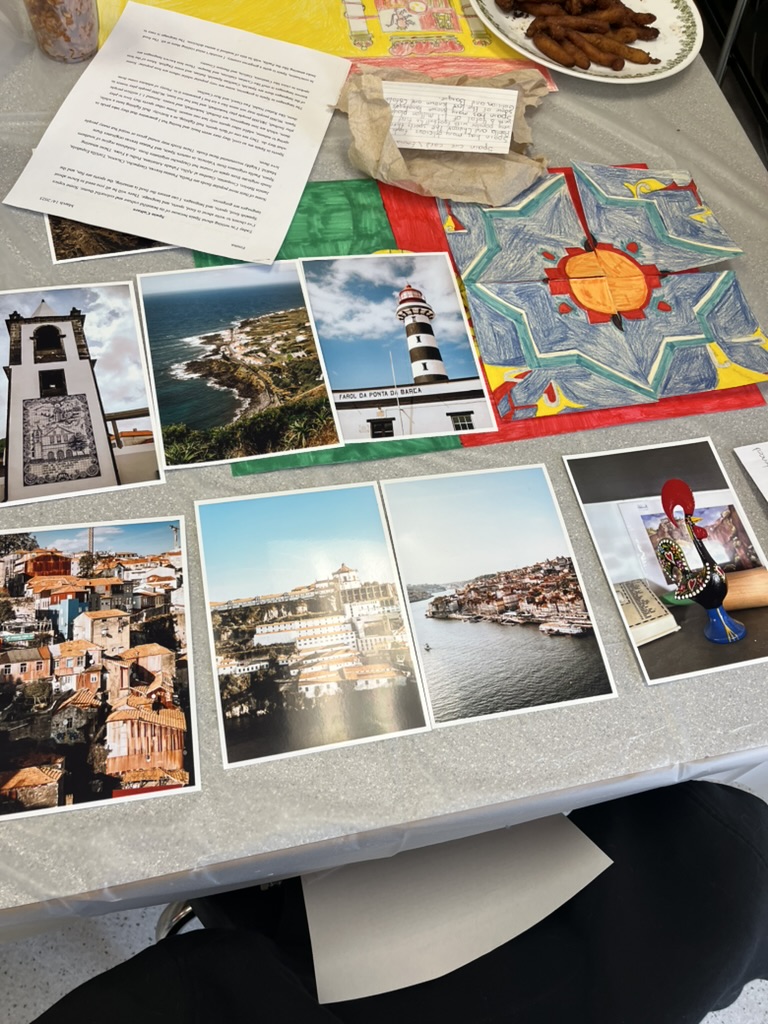
Another big take away from practicum was the importance of finding the kids’ passions and interests. Students are more motivated to learn if they are interested and engaged in what they are learning. I asked the students to write their research paper on a country and culture of their choice which provided them a lot of freedom to choose what they wanted to explore but also left a good amount of structure for the assignment. Finding a balance between structure and choice is good, because students already do not get much choice in their daily routines at school. Lastly, the students were motivated by a reward at the end of their project! I was very proud of the kids, so my coaching teacher and I planned a Disney EPCOT event where the students brought in different foods from their countries or showed the class performances/ songs from their chosen culture. This highlighted that giving students the opportunity to showcase their work to others can motivate them to work hard. It also made the learning process more fun, and something that could be shared with other classes!
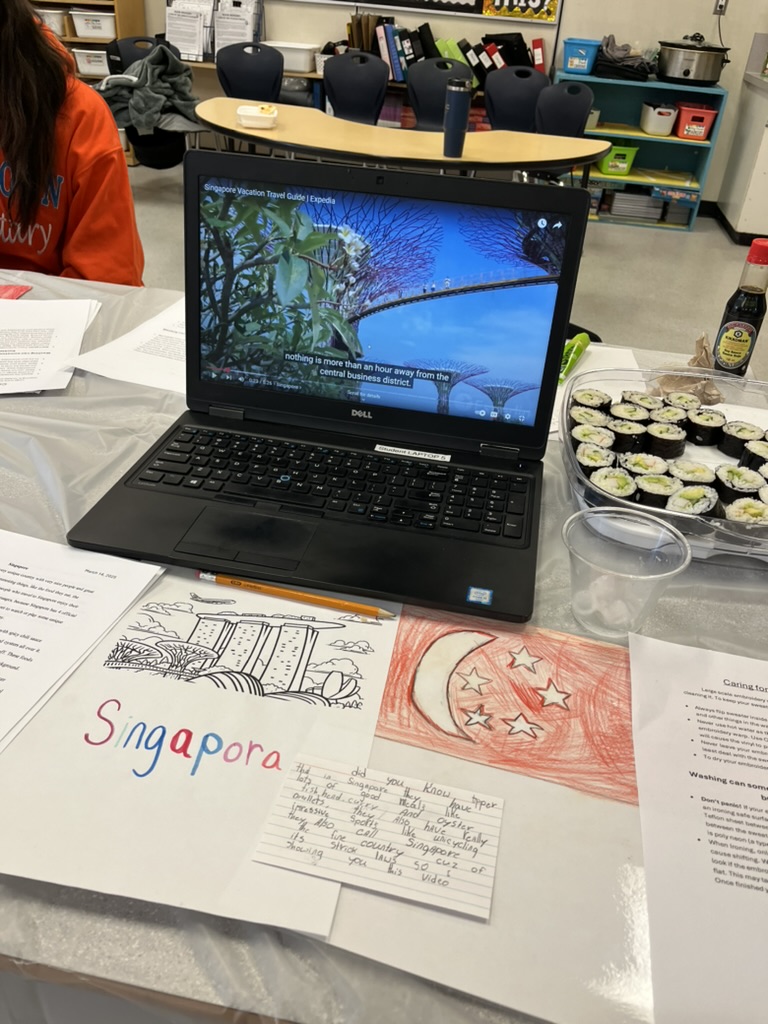
Harwin In-Situ
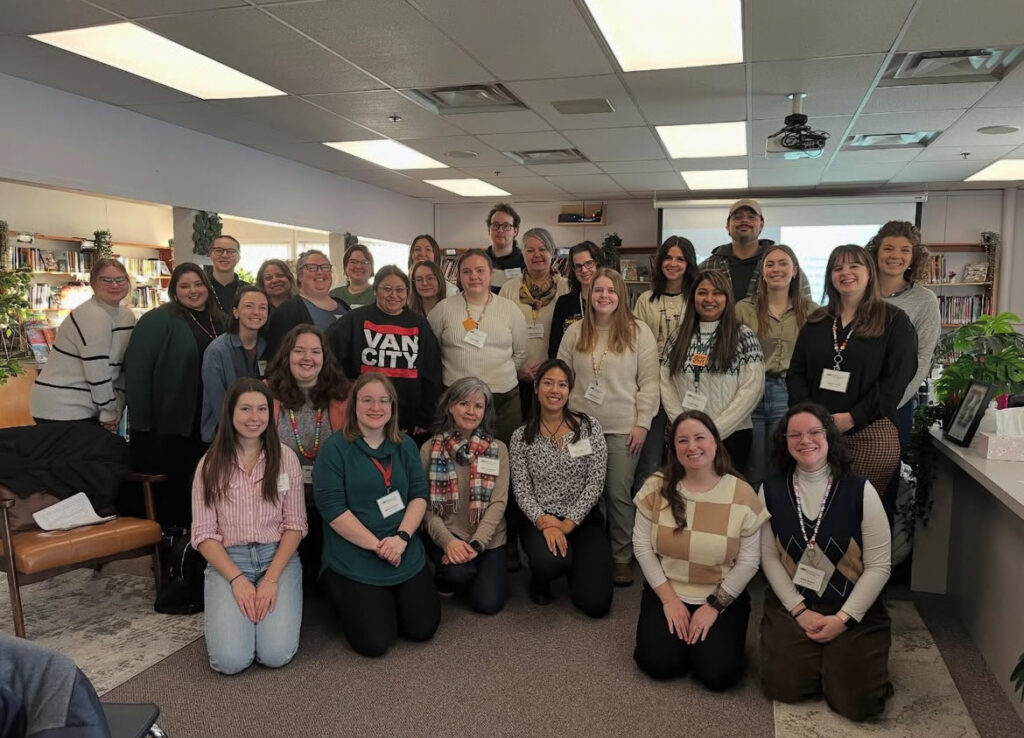
As a cohort, we were lucky to get to visit Harwin Elementary School 3 times over the course of a month to do in-situ teaching and learning. My partner Charlene and I were placed in the kindergarten class where we learned a lot about building connections, lesson planning, implementing lessons, and teaching a mini unit of progressions. Most importantly, we also practiced assessment and learned how we can motivate kids to participate and grow. Harwin taught me that motivation is important, and that kids will learn better if they are having fun or enjoying what they are learning. For this reason, Charlene and I adapted our lesson plans to suit the kids once we built connections and learned about what they like and dislike. From this experience it is evident that motivation can look different for every group of kids and teachers need to be flexible.
In terms of assessment, it was powerful to learn how to assess observationally and with a summative product. We practiced giving lessons, creating success criteria, adapting success criteria for the kids’ needs, and assessing the students. We also practiced giving verbal feedback to the kids, assessing using descriptive feedback, and using checklists. Overall, this experience has enforced the importance of assessment and motivation, but it has also eased a lot of my worries about what assessment entails. Assessment can look like many different things and can be targeted to specific students or criteria. Our group of kids was amazing because they also provided feedback to us! Listening to kids and adapting lessons based on what they need is extremely important.

Charlene and I were able to build connections with the students and create a safe atmosphere where they felt comfortable sharing with us and felt comfortable telling us how we could do better. The students were able to be themselves and reflect on their learning with us through simple questions like, “what do you like doing?” or “how can we make this more fun?” Because we were there for a short time, we were fully able to make our lessons fun and engaging. However, we also considered many different circumstances in our reflections of lessons that could make teaching another class different. For example, the attendance was low during the time we taught. Our lessons would look much different if we had more kids present. In the end, Harwin was an amazing experience that helped me have a deeper understanding of the assessment, motivation, and adaptation that occurs in the classroom.
Math Pro-D with Carole Fullerton
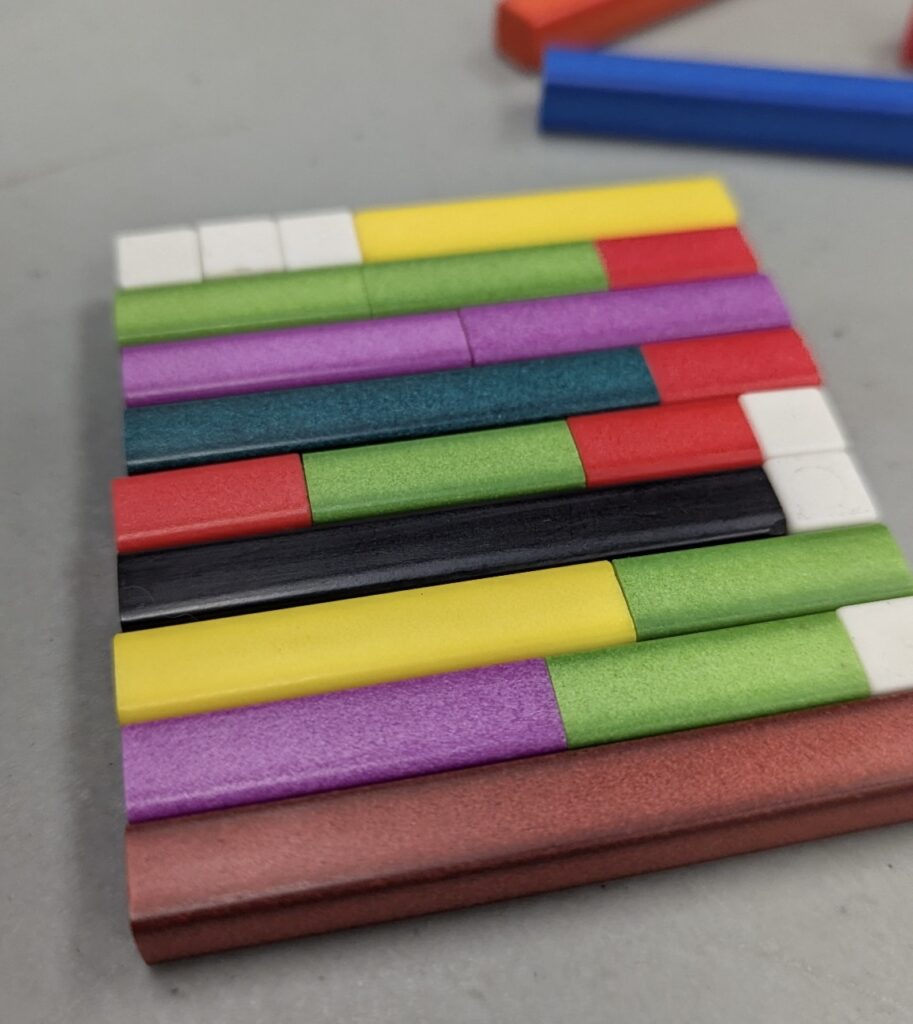
Today our cohort had the opportunity to attend three of Carole Fullerton’s Professional development sessions for primary, intermediate, and secondary. Experiencing math from Carole Fullerton’s perspective on numeracy is very interesting and empowering to new teachers entering the field. Carole discussed the resilience of students in her session, and highlighted that children are losing their resilience in math and numeracy. Some questions that Carole asked and answered are how can we make math fun? How can we make it easy to understand? How can we use manipulatives to help give students a visual for their learning?
Carole discussed that students should be feeling competent and able, and hopefully confident when doing math. It is upsetting as a teacher to see students feel unmotivated, or like they cannot accomplish something. By using manipulatives and teaching math in a way that students are engaged in their learning, teachers are showing students that they can do it, and students are realizing this. Math is challenging and involves a lot of critical thinking and problem solving, but teachers should be teaching resilience. It is okay for math to be challenging, and in fact it should be challenging, but students should have success in their learning, and this is my responsibility as a teacher.

We played with and used Cuisenaire manipulatives, which is something I will take forward in my practice. The rods are color coded, and you can change the values of them to practice fractions. However, you can also do very simple math with them by showing different ways to make 5, 10, or any number between 1-10. You can also use them for measurement. The short white rod, for example, is 1cm, in length, red is 2 cm, etc., so they can be used to physically measure an object. Tools like Cuisenaire rods are valuable assets to kids’ educations because they bring attention to number sense and give visuals for students to have a deeper understanding of what a number is and means.
What I Learned in Education 394!
The two pictures included in this blog post come from classrooms during my observational practicum experiences. These are ways I have been inspired by Education 394 to incorporate what I have learned into my future classroom as a teacher! Featuring my first day of school at the end 🙂
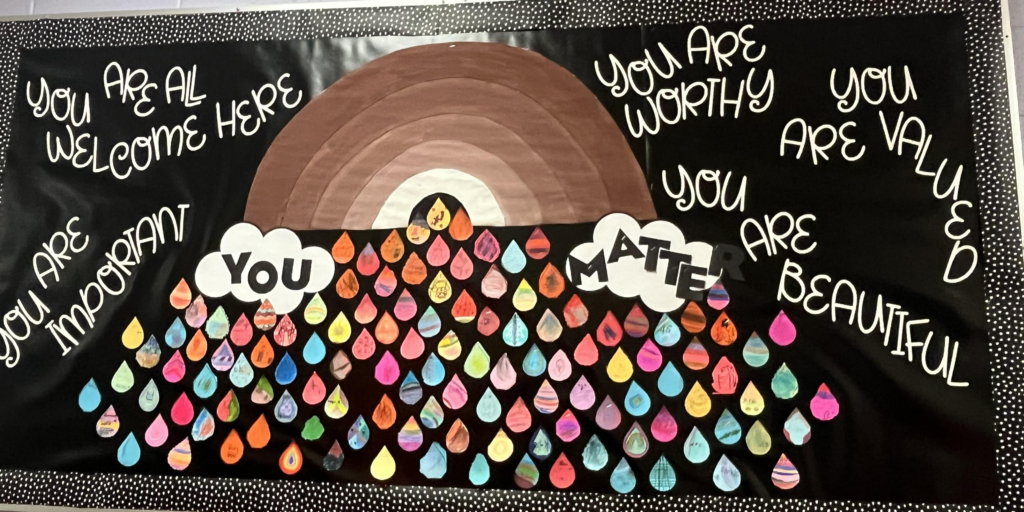
- BC Curriculum- I have learned in this course that the BC curriculum is complex and has many layers. Understanding the entirety of the BC curriculum will take time, practice, and energy! This class has excited me about how I am going to implement the BC curriculum in my classroom and the many ways you can lesson plan with the curriculum. The BC curriculum is an open book that is ready to be turned into whatever I am passionate about teaching to my kids.
- Place-Based Learning- There is no better way to learn about local contexts than by leaving the classroom and getting out into the community. Learning about who you are and where you come from promotes many different skills in students and empowers students to be creative and learn more about where they are and why it is important.
- Lesson Planning- Lesson planning can be done starting from the top with big ideas, or from the bottom (the lesson itself) and working up. Lesson planning as a teacher is one of the most important skills. I have also learned the importance of being specific and planning for assessment. Choose one big idea and one First Peoples principle for a lesson and work from there.
- Land-Based Learning- Especially living in Canada, land-based learning can be connected to every big idea, core curriculum, and content within the BC curriculum. The land is a powerful teaching tool that can work as another teacher! Land-based learning is valuable for teaching Indigenous ways of knowing. Bringing students outside for their learning is incredibly beneficial to their physical health, confidence, and building connections with the world we live in.
- Professional Standards- The professional standards for BC educators are the driving aspects of what makes a good teacher. These are the standards that we are expected to follow within and outside of schools. I love these standards because they powerfully demonstrate how to be a good role model to children in schools, and guide educators in following safe and ethical ways of teaching and communicating with kids and families.
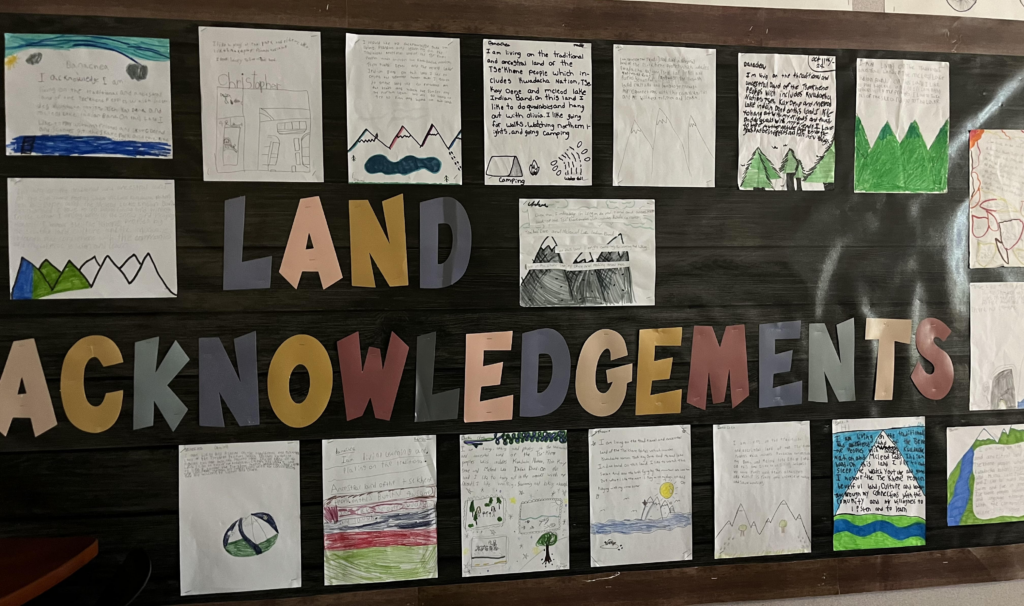
- Assessment- Formative and summative assessments are very different from each other and both can be used simultaneously. Some of the main ideas I learned from this course are that formative assessment can be done all the time and can be as simple as observation. Summative assessment happens less often but does not have to be in the form of a final product. Some of the negative worries or ideas I had about assessment have been debunked and I look forward to learning more in future courses!
- First Peoples Principles of Learning- The First Peoples principles of learning, although required, are a beautiful way to incorporate First Peoples learning into every aspect of education. Western education has historically been traumatic for Indigenous peoples in Canada, and this is a way to begin dismantling colonialism in the classroom. I am excited to bring Indigenous ways of knowing into everything I do as a teacher in every subject and grade level that I teach.
- Resources- As a teacher, it is important to know where, what, and how you can access resources to grow myself as an educator and provide more opportunities to students. Our class trip to the Prince George Public Library highlighted how easy it is to find resources that can develop my professional abilities as a teacher.
- Truth and Reconciliation- As a non-Indigenous educator in Canada, I deeply respect standard 9 and recognize the importance of truth and reconciliation. This course has further driven my willingness to build relationships with Indigenous peoples and incorporate the First Peoples Principles into my teaching. Honoring Indigenous peoples’ pasts, presents, and futures is something I hope to do every day of my life and inspire others to do as well.
- Who I am as a Teacher- Something I had not thought about much coming into the program is who I am as a person, and who I want to be as a teacher. I have many personal values and experiences that makeup who I am, and I am so excited to bring these into my philosophy of education. This course specifically has asked me to reflect on those values and how I hope to incorporate them into my future careers!
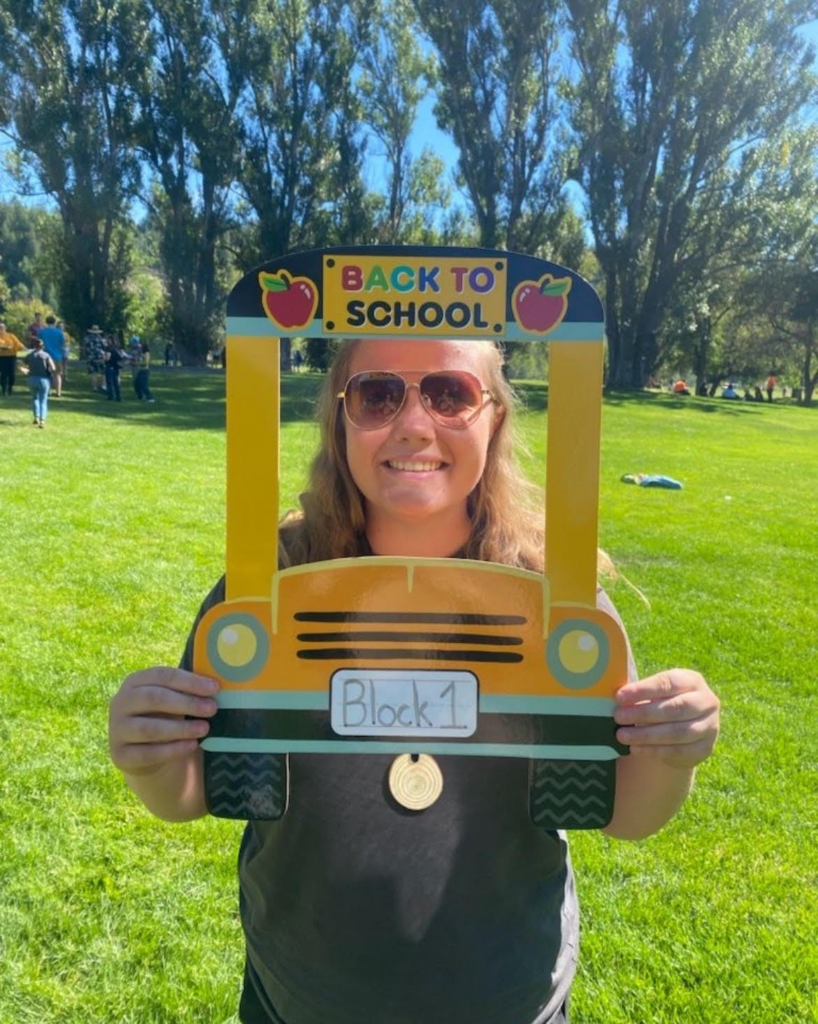
Two Rivers Art Gallery and Place-Based Learning
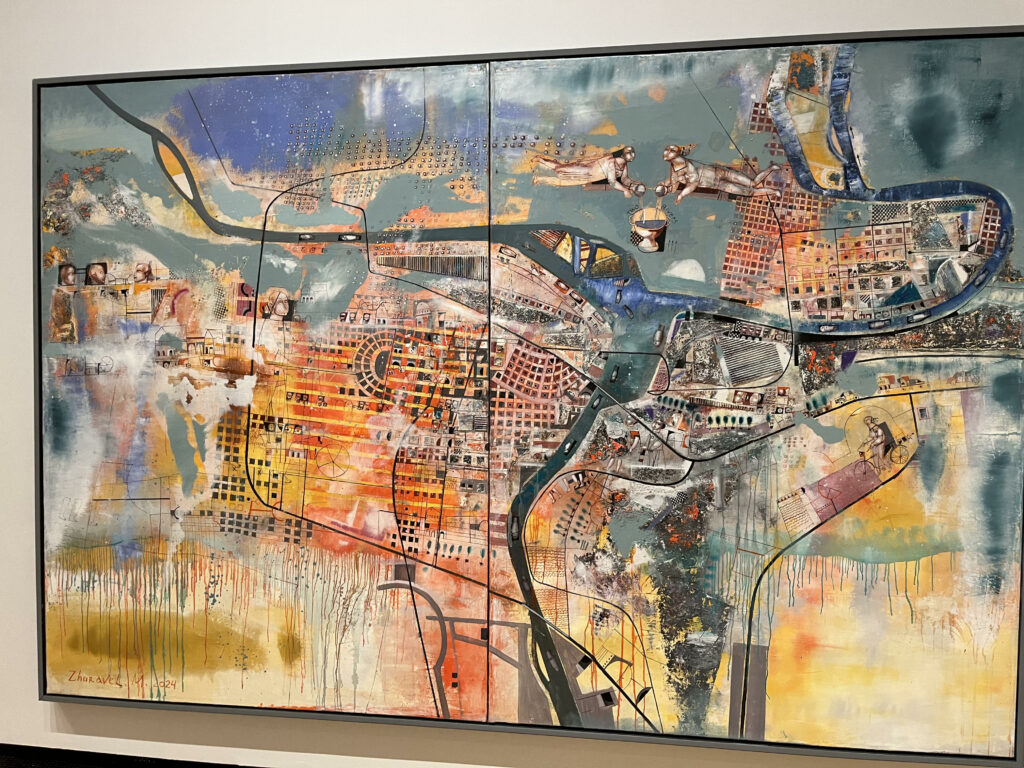
I was grateful to visit the Two Rivers Art Gallery this week with our Education 394 class! The art gallery was a powerful representation of place-based learning because it highlighted local contexts and how they can be brought into the classroom. We got a tour of their current art exhibits at the art gallery. My favorite artwork was a painting called “Two Rivers” by Mykola Zhuravel (shown above) which presented Prince George through the lens of someone who is not local. This painting got me thinking a lot about the importance of local context. Although the painting was gorgeous, it was missing some of the details of the city that a local citizen would understand. An artist from Prince George would probably have painted the city very differently than Zhuravel. This shows that understanding the local place where we reside is necessary for education and recognizing where we come from and where we are.
Like our experience at the art gallery, students can learn many social skills and agency from connecting to place. By understanding the role, they play in the community, and by participating in local events students build curiosity, inspiration, and a love for the community. This is a powerful form of education that cannot be achieved in the classroom. Just from one visit to the art gallery, I left with questions about my community, curiosity about local artists, and inspiration to be creative outside of school.
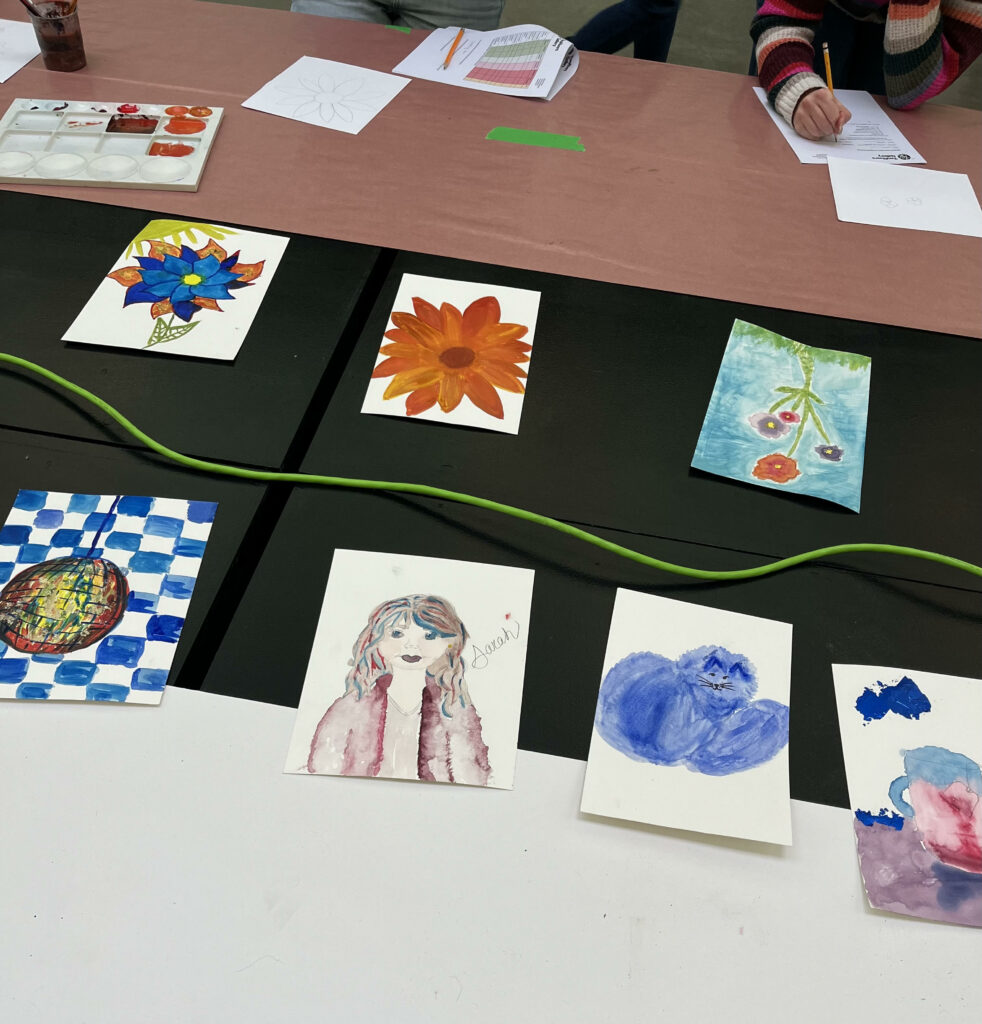
At Two Rivers Art Gallery, we also got to reflect on our self-identities and the role they play in our communities. For our art project, we were given the choice to express ourselves through a self-portrait or something important to us. Art is very important in education because it promotes creativity and self-confidence. Even though I am not an artistic person, the chance to express myself in the real world outside of the classroom empowered me to practice my creative skills and implement them in my classroom. Place-based learning at the art gallery, not only encourages creativity in students but it gives the students real-life applicable skills to use at home and outside of school.
Learning Metaphor

A metaphor that deeply represents my journey through education and my philosophy as a future educator is my medicine pouch containing sage. This medicine pouch was gifted to me by Elder Earl Wallace Henderson during a First Nations course I took at UNBC over the summer of 2023. One memorable lesson I learned during this course was that learning Indigenous cultures, in this case, Plains Cree culture, is vital in education across the province of BC and Canada.
Smudging using sage and other traditional medicine has many traditional purposes that I believe are metaphorical for a classroom space that I hope to uphold. Smudging purifies the mind, body, spirit, and heart of negative energies, thoughts, and beliefs. A cleansed mind is important for learning because it frees an individual of biases that restrict knowledge. Within the individual, smudging a person can provide clarity, creativity, kindness, and open-mindedness.
An open mind and heart in teaching can create a space of cultural safety where everyone in the classroom feels safe and comfortable to take down their barriers. The classroom is a community where every individual holds valuable perspectives and ideas, each of which is an important piece of the puzzle. From my experience as a student in BC’s education system, there were times in educational spaces when I felt unsafe and scared to learn. I believe strongly that one cannot learn if they feel unsafe as this is a massive barrier preventing them from seeking education. However, I pledge to do everything I can as an educator to ensure that all students feel the utmost safety and comfort in their educational journeys. This requires encouraging cultural connectedness and bringing Indigenous voices into the classroom. The medicine pouch is a metaphor for encouraging love, community, and cultural safety within spaces where learning is present.
Cottonwood Park and Land-Based Learning
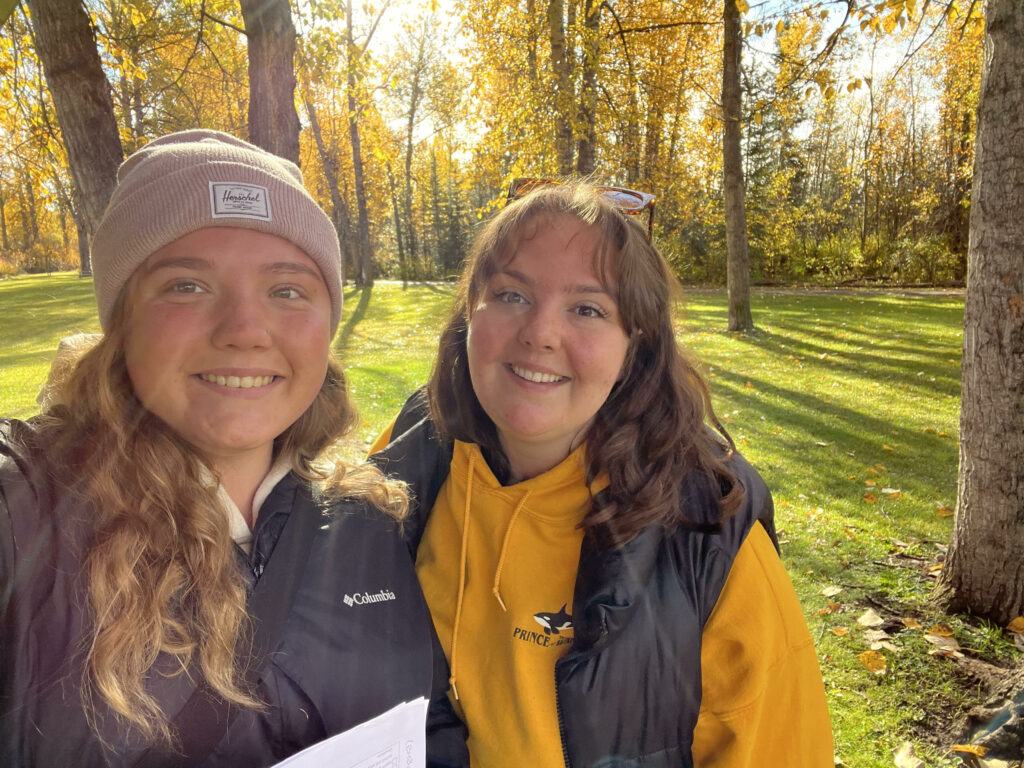
At Cottonwood Park this week, I learned a lot about land-based learning and its impacts on lesson planning as a teacher. This week we had the opportunity to spend class outside surrounded by beautiful fall scenery, and lesson plan from an Indigenous land-based approach. Land-based learning has many benefits on the mental, physical, emotional, and spiritual aspects of a person, so it is important to incorporate going outside into lesson plans. I also learned more about the First Peoples’ principles of learning and how they can be adapted into everything you teach. It is interesting to perceive education through the lens of the principles, and I thought it would be more challenging to incorporate these aspects into education. It is quite cool that everything we teach can easily connect to the natural world and the First Peoples’ principles of learning.
The valuable pieces I took from our time at Cottonwood Park taught me why land-based learning is important and why I hope to implement it in my future career. Children can grasp Indigenous culture much stronger when learning on the land through Indigenous knowledge structures. I believe it is important to move away from a Westernized classroom approach to education and more towards a natural land-based approach because it brings Indigenous education to the forefront. Upon reflecting on this class, it is now clear to me that nature is a teacher in its way. It is powerful that children can learn all subjects, including math, social studies, and English out on the land and from the land.
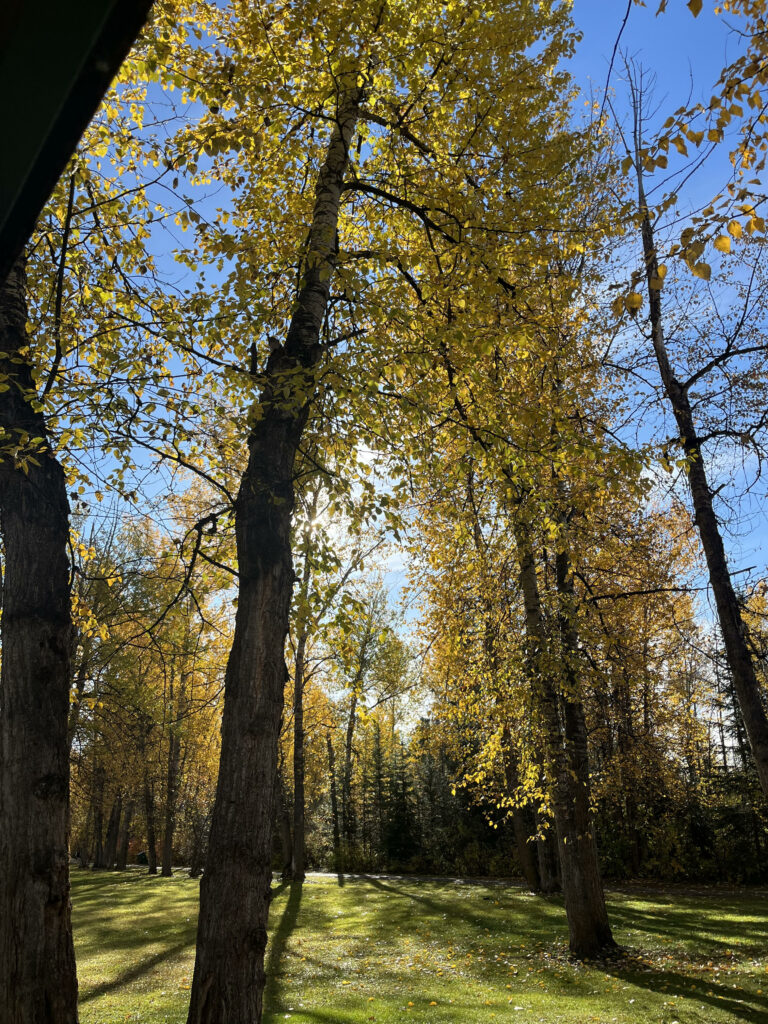
Moving forward, from the perspective of someone passionate about nature, and Indigenous perspectives in Education, I hope to use land-based learning as a valuable tool. Not only does learning on the land teach children environmental sustainability, responsibility, and how to protect the natural world, but it also teaches recognition of culture, territories, and cultural history. The land teaches people to be cautious of where they walk and how they walk there, and to recognize those who have walked there before us. The land holds history that is ready to be shared and learned and I hope to use that to my advantage as a teacher.
West Lake Provincial Park
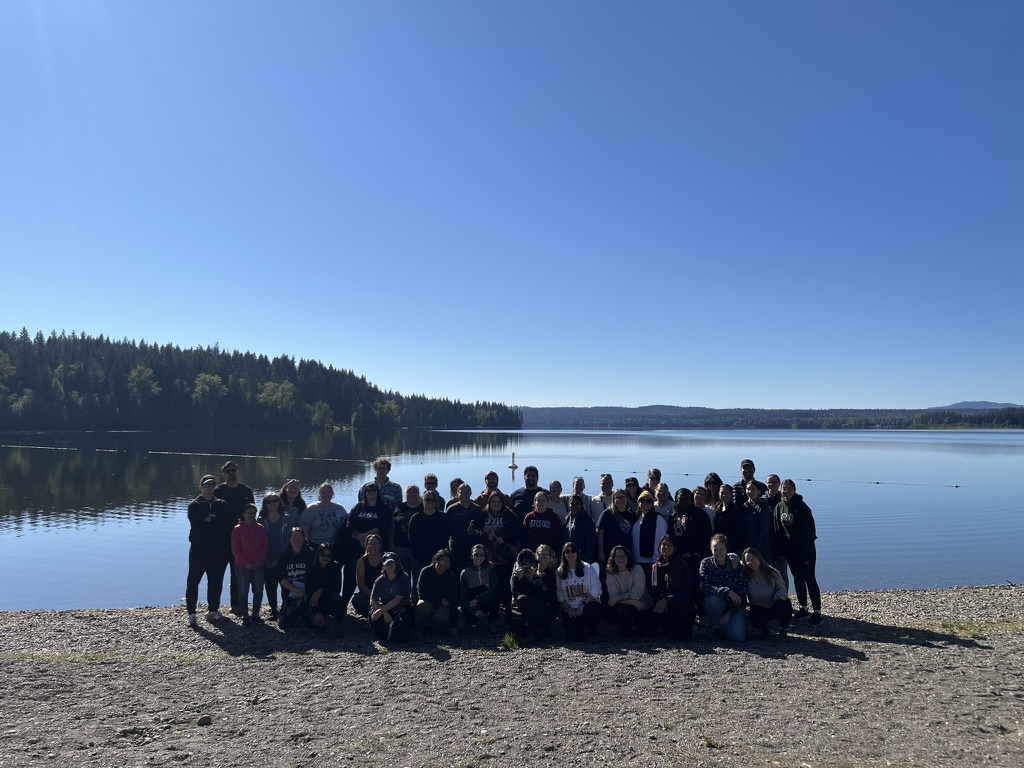
EDUC 394 Class field trip to West Lake Provincial park! It was a beautiful day to focus on land-based learning and connection to the natural world as a valuable aspect of education. Reflecting on West Lake and land-based learning, it was powerful to experience the new walking curriculum. This activity forced me to analyze and think about the environment around me. It was powerful to notice things I had never noticed before and incorporate them into an educational opportunity. The land can offer so many ways to teach all subject areas. Even just by analyzing the shapes around us, I am inspired to teach elementary level math and science out on the land, and I hope I can inspire others to incorporate the land into their learning too.